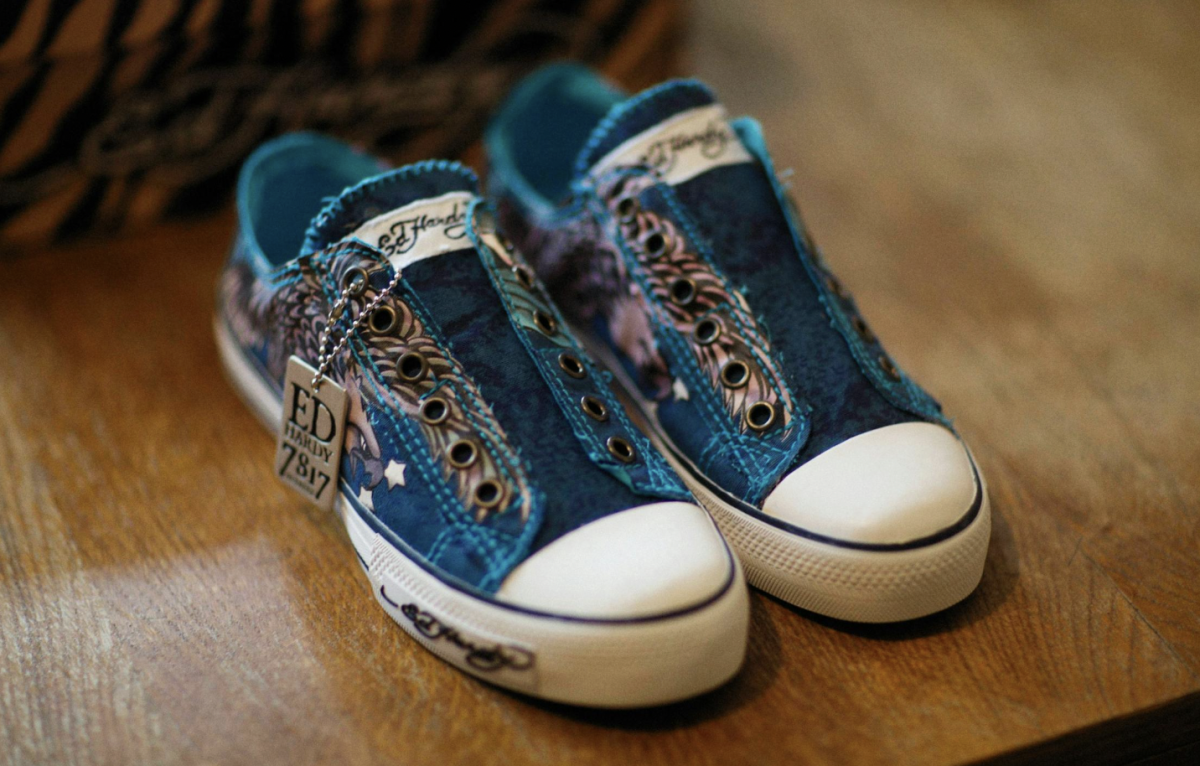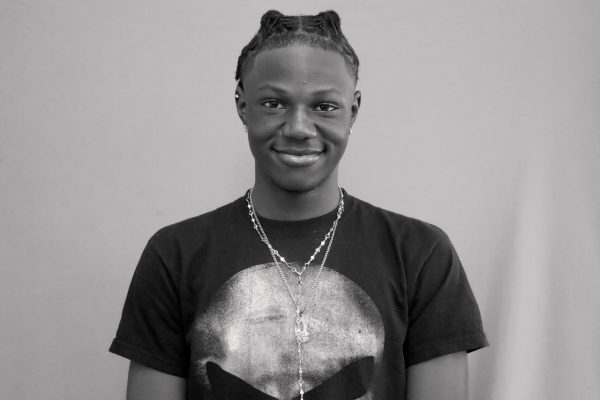As social media is integrated in our everyday lives, it impacts what we do, what we listen to, and mostly, what we wear. Fashion, a form of expression, is vastly impacted by social media influence, such as TikTok, X, and Instagram. These apps have an impact on how young people dress and what brands they want to shop for. Today, more than ever, we have seen a resurface of early 2000s brands and styles thanks to social media and influencers.
The term “micr-trend” commonly refers to the trends that appear for a short burst of time. Social media feeds into micro-trends a lot, because they push forth something until it goes viral, and eventually dies off. Early 2000’s brands such as “Von Dutch,”“Ed Hardy,” and “Juicy Couture” have recently made a revival as part of the “Y2K” aesthetic that has appeared on social media. These brands were very popular during the early 2000s, then disappeared from the market entirely. Now, they have been brought back into style thanks to social media’s influence. Many accessories of the early 2000s such as trucker snapback hats, bellbottom jeans, wallet chains, and cheetah print have seen a resurgence, too.
It is clear that fashion follows a cycle, as old trends continue to phase in and out of everyday style for new generations. But what is the cycle?
Step 1: Popularity
The brand, clothing style, or accessory appears as what’s “stylish” people from all backgrounds begin to wear the brand. For example, in the early 2000s, Ed Hardy was the biggest and hottest brand for celebrities from various industries. Fans saw celebrities in different genres in the brand’s clothing, such as Britney Spears, who was known for pop music, and Max B, who was known for rap music. When people see icons and celebrities wearing a brand, they immediately want to purchase it as well.
Step 2: The Death
The brand usually has a process of “dying out.” This happens when social media slander begins, or on the contrary, when brands are just forgotten due to poor marketing. For instance, during the 2010s, Ed Hardy stopped being seen as “fashionable.” Many people found their items in thrift stores and donation centers due to over-saturation and associations with celebrities who were damaging or controversial.
Step 3: Reintroduction
Eventually, the brand comes back through celebrity wear, specifically those who are popular with a younger generation. This, and social media influencers, like Bella Hadid and Addison Rae, begin to wear the brand again. When users see influencers supporting a brand, they want to jump on the train, as well. Once Ed Hardy was seen on TikTok influencers, many consumers began shopping the clothing brand once again.
Step 4: Mainstream Popularity
After celebrities and influencers are seen wearing the brand, it ends up picking up popularity in mainstream stores. Social media accounts begin to promote it, as well as big box stores. Ed Hardy can be found in stores like Marshalls and TJ Maxx, and Juicy in BJs and Costco. People who may not have been interested in the brand before now start to want to buy the items again.
In addition to early 2000s fashion making a comeback, 90s fashion is also on the rise. Currently, many on social media are wearing baggy clothes imitating 90s style along with “Buttas” (Timberland construction boots) and Pelle Pelle coats. Celebrities have heavily influenced this comeback along with well-implemented campaigns such as Playboy Carti’s “Pelle Pelle” collaboration or Louis Vuitton’s collaboration with Timberland, mixing a streetwear classic with high fashion.
It’s clear that many who follow celebrities and artists and look to them for fashion inspiration help to perpetuate cyclical fashion. While some things may die out quickly, it’s clear that it’s only a matter of time before we see it again.


